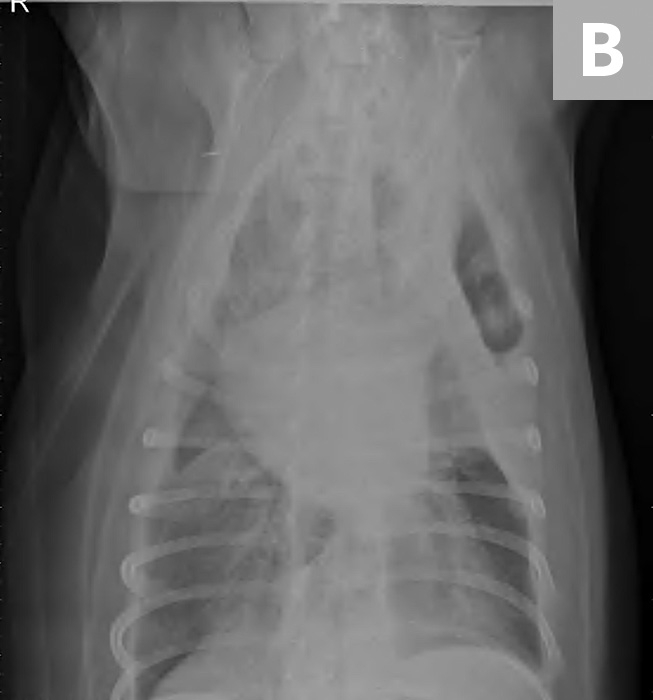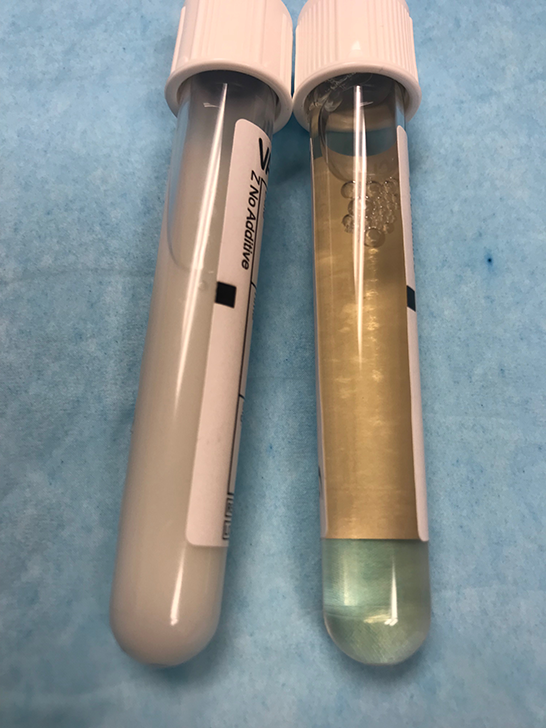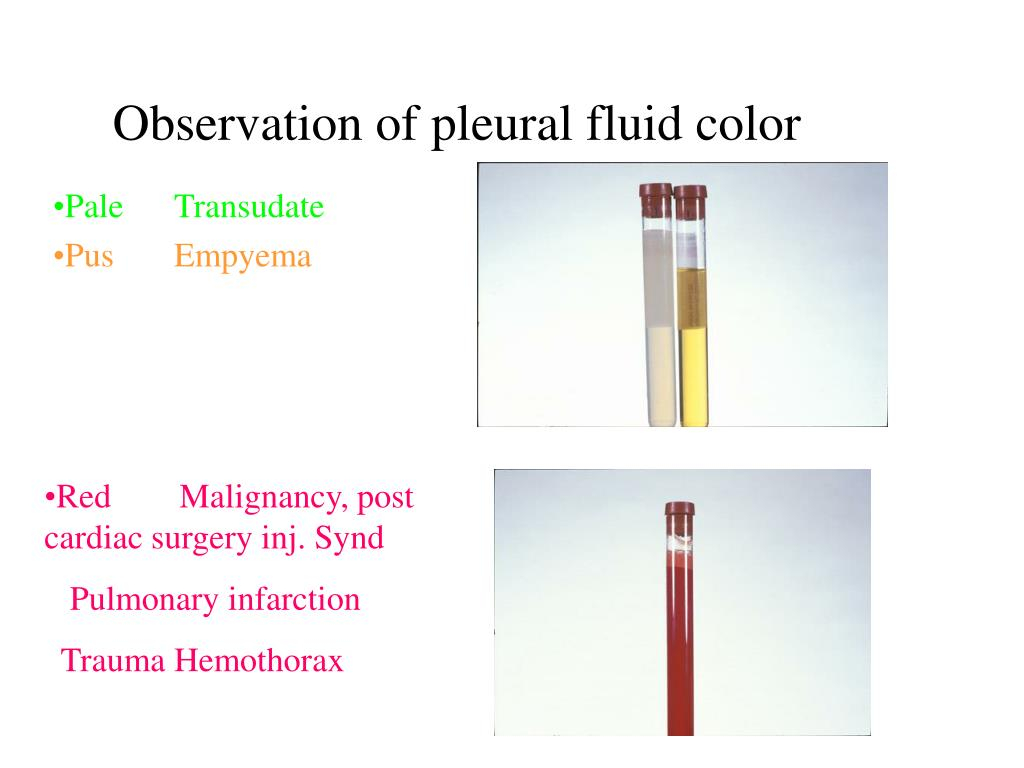When examining pleural fluid, a clear, straw-colored appearance is typically indicative of a transudative effusion. This means that the fluid is likely caused by conditions such as congestive heart failure, cirrhosis, or hypoalbuminemia. It is important to note that while a clear, straw-colored effusion is generally benign, further testing may be necessary to rule out any underlying medical conditions.
In some cases, a clear, straw-colored effusion may also be the result of a traumatic tap during a thoracentesis procedure. This occurs when blood from the surrounding tissues mixes with the pleural fluid, giving it a reddish appearance. However, the fluid will typically settle and appear clear after a short period of time.
Pleural Effusion Color Chart
Bloody or Red
A bloody or red pleural effusion can be a cause for concern, as it may indicate the presence of a malignant or inflammatory process. Conditions such as lung cancer, pulmonary embolism, or pneumonia can lead to the accumulation of blood in the pleural space, resulting in a bloody or red appearance of the fluid.
It is important to differentiate between a traumatic tap and a true bloody effusion when observing red pleural fluid. A traumatic tap will typically yield a fluid that becomes progressively clearer, while a bloody effusion will remain red or pink in color. Further diagnostic tests, such as cytology or pleural biopsy, may be necessary to determine the underlying cause of the bloody effusion.
Cloudy or Turbid
A cloudy or turbid appearance of pleural fluid suggests the presence of infection or inflammation in the pleural space. Conditions such as empyema (pus-filled pleural effusion), parapneumonic effusion, or rheumatoid arthritis can lead to the formation of cloudy or turbid pleural fluid.
In cases of empyema, the pleural fluid may appear yellow-green or brown due to the presence of bacteria and pus. Prompt diagnosis and treatment are essential in these cases to prevent complications such as lung abscess or sepsis. A pleural effusion color chart can help healthcare providers quickly assess the nature of the fluid and guide further management.
By understanding the different colors of pleural effusion and what they may indicate, healthcare providers can make informed decisions regarding patient care and treatment. As always, proper evaluation and diagnostic testing are necessary to accurately diagnose and manage pleural effusions.
Download Pleural Effusion Color Chart
Pleural Effusion Color Chart
Pleural Effusion Color Chart
Pleural Effusion Color Chart
Pleural Effusion Color Chart




